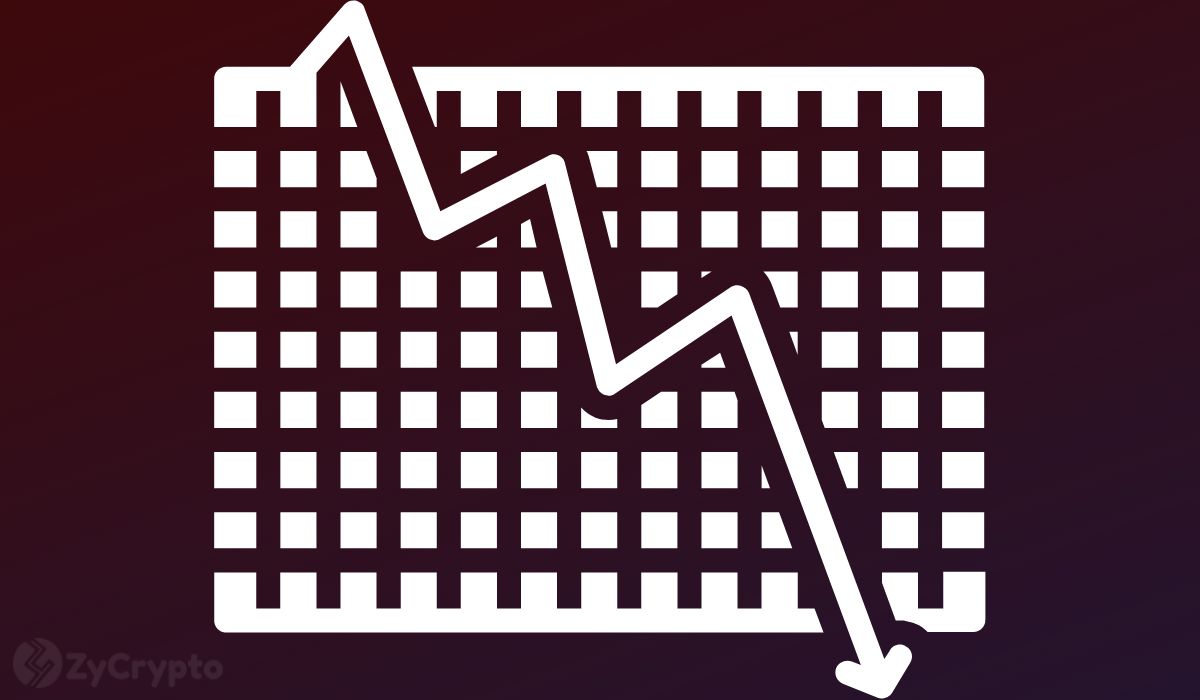Crypto Scams Fall By 65% As Bad Actors Run Out Of Options – Here’s Why

- Virtual currency scams are down by a staggering 65% since the start of 2023.
- Two of the largest scams end operations while romance and investment scams run out of steam.
- On the flip side, experts warn investors to brace for increased ransomware attacks targeted at digital asset wallets.
As crypto asset prices stage a brave recovery in mid-2023, there has been a marked decline in the activities of digital asset scammers, but the threat of ransomware still lurks in the shadows.
On July 12, Chainalysis released its “Crypto Crime Mid-year Update”, indicating a major slump in digital asset scams. According to the report, on-chain analytics to well-known scams and shady mixers are down by over 50%.
The decline in scam revenue is noteworthy as it comes on the heels of a strong resurgence of virtual currencies, with average prices up by 80%.
“Usually, positive price movements translate to higher scam revenue, likely because increased market exuberance and FOMO make victims more susceptible to scammers’ pitches. But 2023’s drastic scam declines that long-standing trend,” said Chainalysis.
In its report, Chainalysis rationalizes the plummeting scam activity to the disappearance of major crypto scams – VidiLook and Chia Tai Tianquing. At the height of their powers, both investment scams defrauded victims of over $130 million worth of digital assets following the shutting down of their operations.
“VidiLook’s exit scam isn’t surprising, but what is surprising is that total scam revenue remains so low after its decline,” read the report. “Ordinarily, we’d expect new scams to fill the void.”
Another reason for the declining revenue for scammers is the increase in public advisories by law enforcement agencies, warning victims of the dangers of investing in unlicensed virtual currency offerings.
While investment, pig butchering, and romance scams have borne the brunt of the hit, impersonation scams are thriving. Chainalysis’ data indicates that impersonation scams have surged by 49% in the last 12 months, with more individuals falling victim to extortions from fake law enforcement officers.
Despite the wins notched by the industry, Chainalysis warns that ransomware crime is gathering momentum and could net as much as $800 million before the end of the year. Ransomware gangs are “big game hunting” – opting to target large corporations over smaller entities.
Failing to sustain the highs of 2022
In 2022, virtual currency scams reached their zenith, with bad actors stealing over $6 billion from their victims. Pig butchering scams and ransomware attacks reigned supreme while hacks against Ronin, Wormhole, and Nomad rocked the industry.
State-backed cybercriminals from North Korea pilfered over $1 billion throughout 2022, with the bulk of stolen funds used to finance the development of nuclear warheads. North Korea-based Lazarus Group was fingered in the $100 million heist on the Horizon Bridge and may have masterminded the attack against Atomic Wallet.